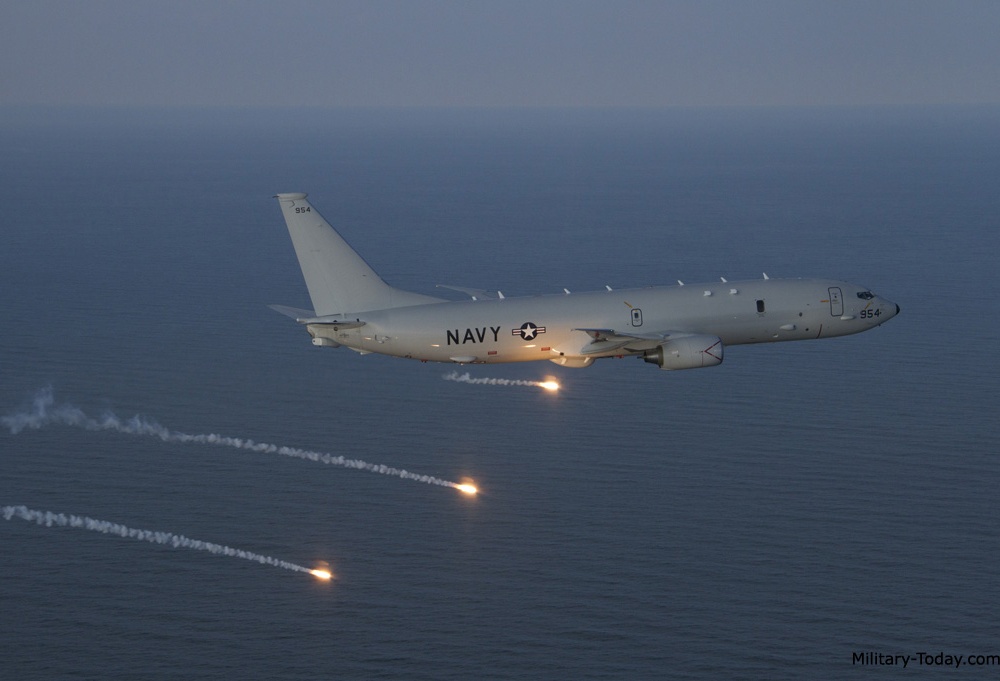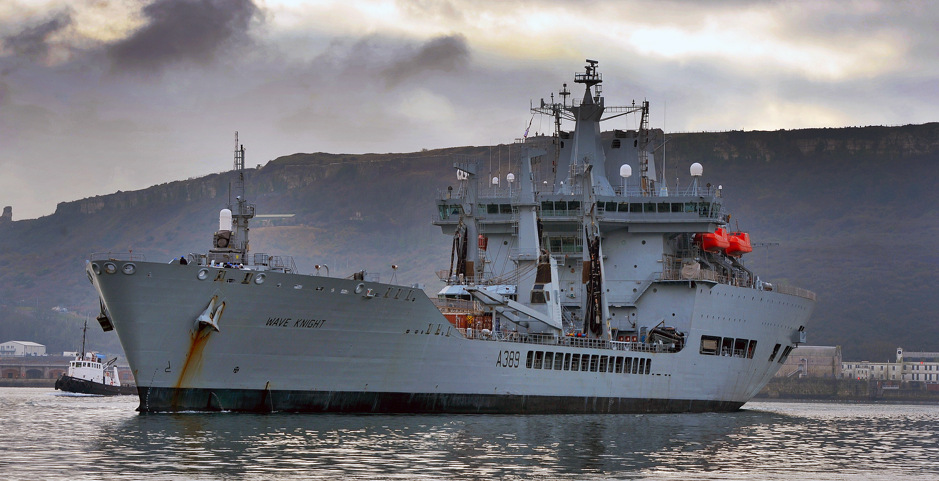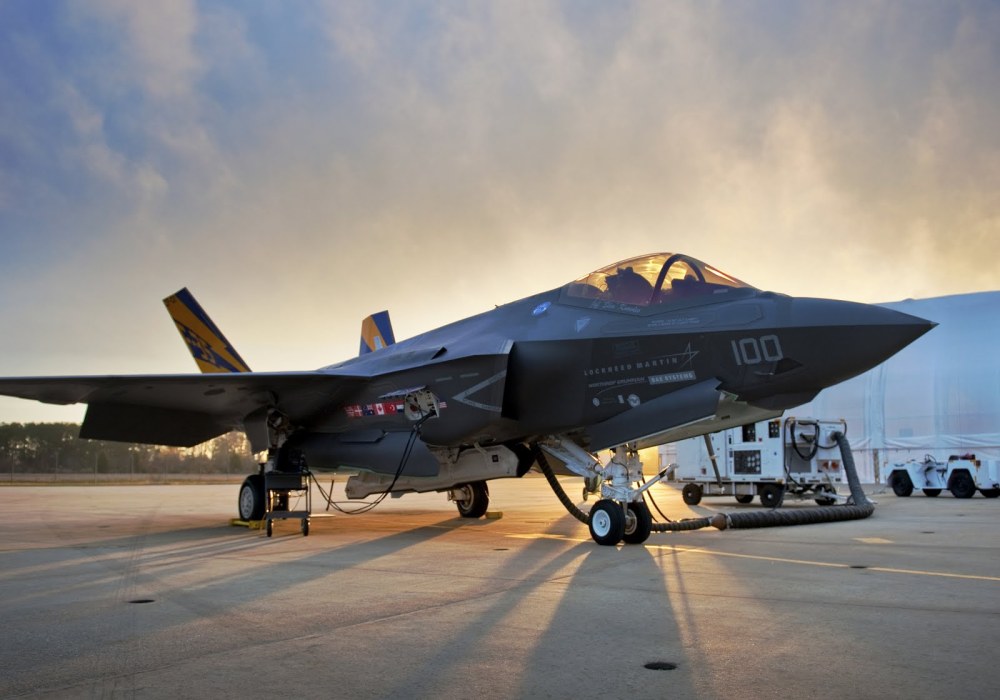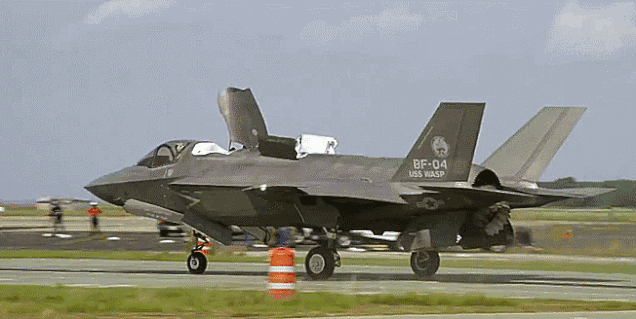
Happy 75th birthday, Air Cadets: Glider fleet still grounded after 2 YEARS
Today marks the 75th birthday of the Air Training Corps. Yet amongst today’s formal celebrations is an elephant in the room: the corps’ 150-strong glider fleet has been grounded since 2014 – and may stay there for another two or three years.
In 2014 concerns were raised over airworthiness of the Grob G.109B Vigilant and G.103 Viking fleets, which are owned by the RAF and on the military register, after aircraft repair logs were found not to reflect the true state of the airframes. Sensibly, the RAF grounded them all while it investigated.
However, this left cadets without any gliding training at all. Although ATC and CCF(RAF) cadets are able to take part in air experience flights in the RAF’s Grob Tutor powered aircraft alongside a qualified instructor, they do not receive any formal, structured flying training.
The Vigilant and Viking fleets were used to teach cadets the basics of flying and gliding up to first solo standard. Staff cadets took on more advanced gliding training and could even become qualified gliding instructors themselves. Although RAF-owned, the gliders are maintained by Serco under an outsourcing contract.
Meanwhile the RAF’s No.2 Flying Training School, commanded by Group Captain John Middleton, a former regional commandant with the ATC, has continued to dither about the process of “recovering” the two glider fleets (which it is responsible for) back to flying status. While a tiny handful of gliders are now in flying condition and based at RAF Syerston, 2 FTS’s Nottinghamshire home, this is cold comfort for teenagers in Cornwall, Scotland or Northern Ireland who joined the ATC to fly.
The ATC has consistently refused to allow cadet units to organise flying or gliding training opportunities with local civilian clubs, instead insisting that cadets must wait for 2 FTS to pull its finger out. After two years of total inactivity, however, the instructors of the ATC’s Volunteer Gliding Squadrons (VGSs), volunteers who give up their free time to teach cadets to glide, will need to refresh skills that have significantly degraded through lack of practice. Many, it is feared, will have walked away from the ATC altogether and found something else to do with their free time.
Cadets and their volunteer staff have been given no official confirmation of when gliding will resume, despite many vague promises from the ATC and 2 FTS. However, Babcock International, a defence contractor, is currently advertising for a Viking Recovery Contract Manager on a two year basis. This would mean by the time the contract ends, cadet gliding will have taken almost five years to resume.
Venture Adventure indeed.







